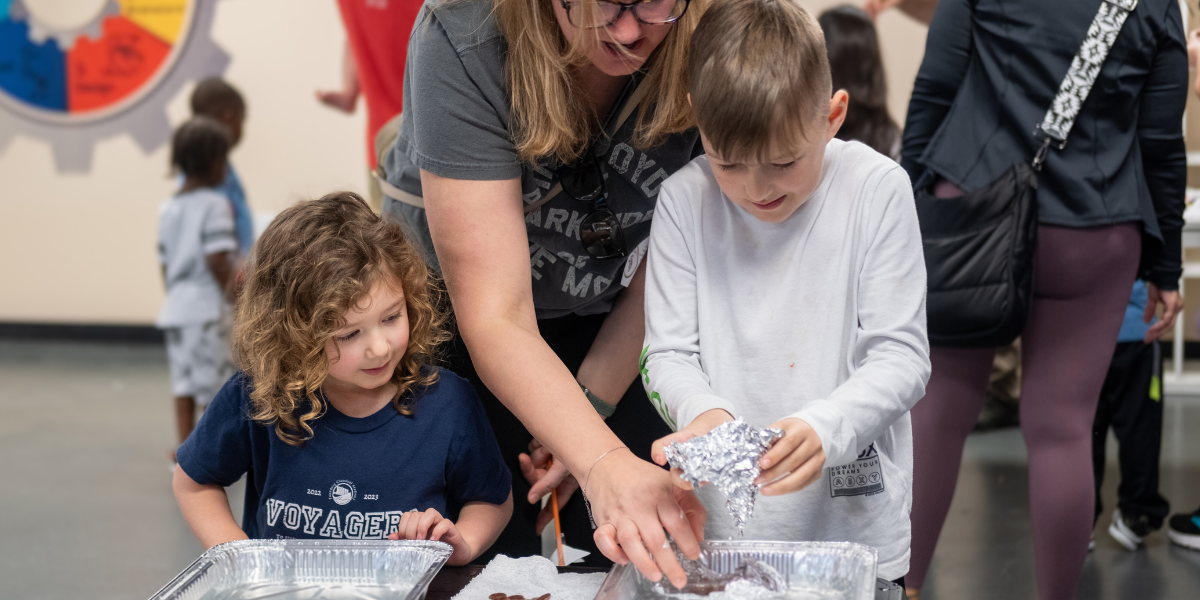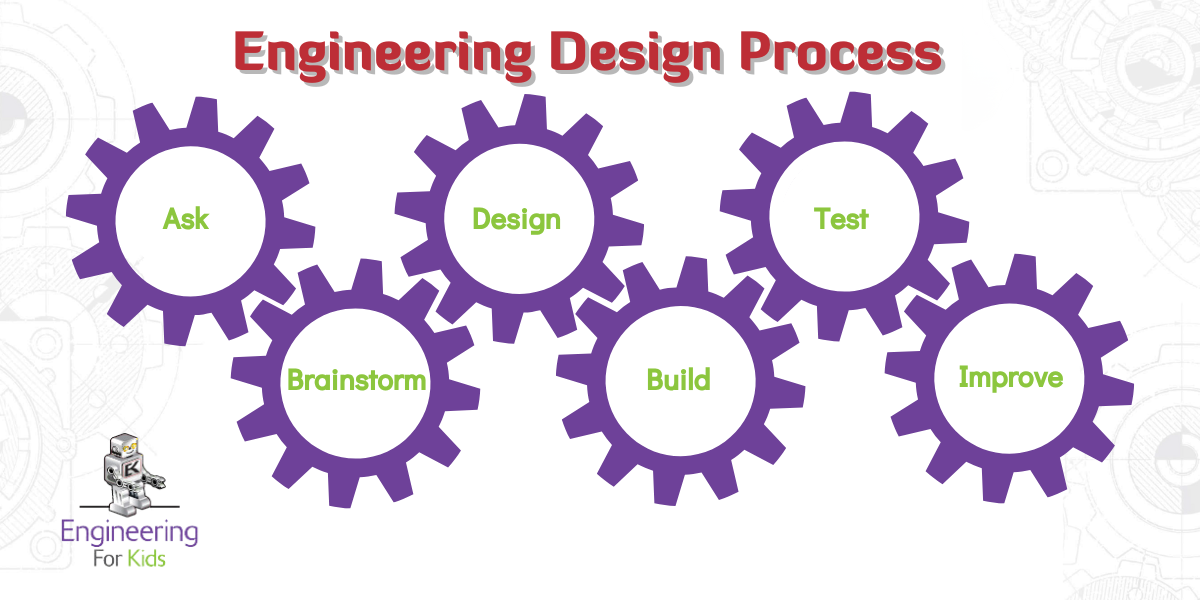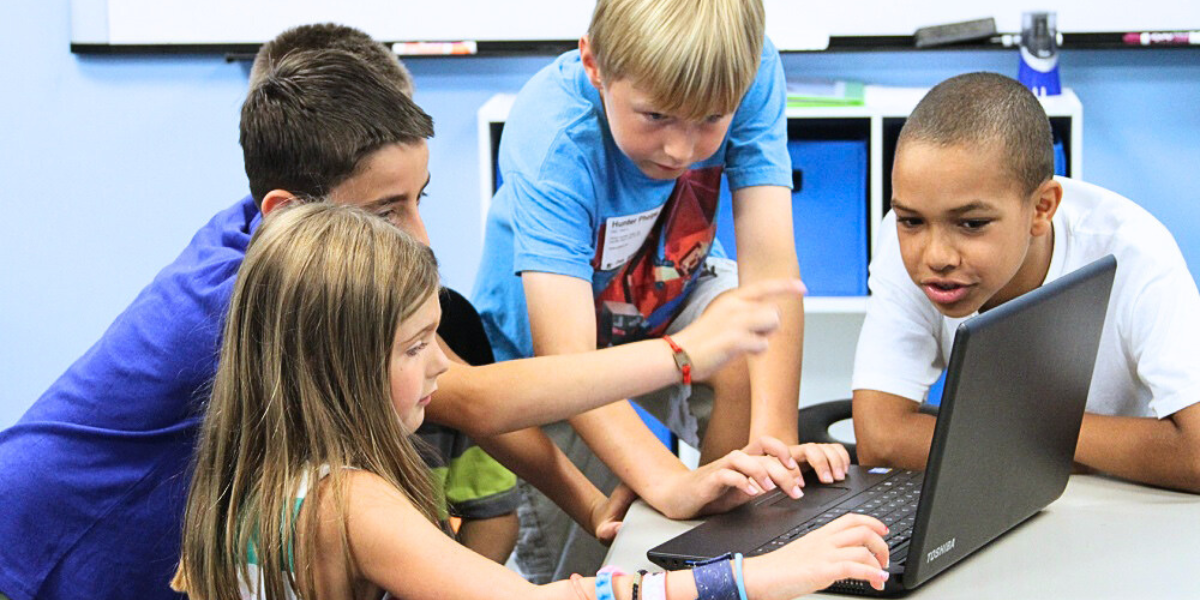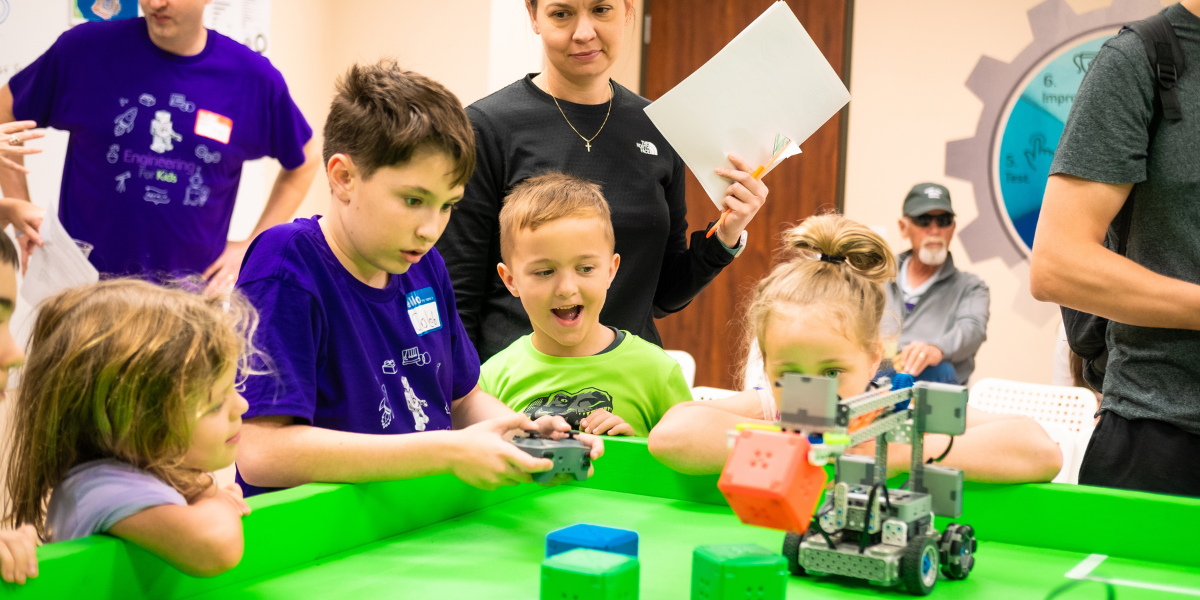
Young Inventors Unleashing Creativity
Did you know that some of the world’s most innovative inventions came from kids? From popsicles to earmuffs, young minds have changed the world using the Engineering Design Process – a systematic approach to solving problems that professional engineers use every day. This process isn’t just for grown-ups; it’s a powerful tool that helps kids turn their creative ideas into real solutions.
Amazing Kid Inventors Who Changed the World
Frank Epperson was just 11 years old when he accidentally left a mixture of soda powder and water with a stirring stick outside on a cold night. The next morning, he discovered he had created the first popsicle! Chester Greenwood was only 15 when he invented earmuffs to keep his ears warm while ice skating. These young inventors show us that age is just a number when it comes to innovation.

How Kids Can Become Inventors Today
Want to follow in their footsteps? Here’s how to get started with the Engineering Design Process:
- Ask: Look around your home, school, or community for problems that bug you. Maybe your backpack is too heavy, or your little sister’s toys are always scattered everywhere. Those everyday headaches? They’re perfect starting points for cool inventions.
- Brainstorm: Let your imagination run wild! Draw pictures of your ideas, no matter how weird they seem at first. Some of the best inventions started as “crazy” ideas. Write down everything – seriously, everything – because there’s no such thing as a silly idea when you’re brainstorming.
- Design: Plan out how your invention will look and work. Sketch detailed drawings and think about what you’ll need to build it. If you’re making a toy organizer, map out where everything will go and what special features it needs.
- Build: Get your hands dirty and start making! Grab cardboard, tape, rubber bands – whatever you can find around the house. Your first try doesn’t need to look perfect. Even famous inventors start with rough models made from simple stuff.
- Test: Time for the moment of truth! Try out your invention and see how it works. If things don’t go perfectly, that’s totally normal – it’s all part of figuring things out.
- Improve: Look at what worked and what didn’t. Maybe your toy organizer needs bigger compartments, or it needs to be stronger. Keep making it better until you’re happy with how it works. Every great invention goes through lots of changes before it’s just right.

Tips for Young Inventors
- Keep an invention journal to write down your ideas
- Share your inventions with friends and family for feedback
- Learn from other kid inventors’ stories
- Don’t get discouraged if something doesn’t work right away
- Join STEM clubs or programs at school
Real-World Applications
Kids can use these problem-solving skills everywhere! Whether it’s designing a better way to organize school supplies, creating a new game for recess, or inventing a device to help people in their community, the possibilities are endless.
Related: Laptops Under $400 For Elementary and Middle School Distance Learning

Getting Started with Engineering For Kids®
Want to nurture your child’s inner inventor? Contact your local Engineering For Kids® to discover our engaging programs that make engineering and invention accessible and exciting for young minds.




